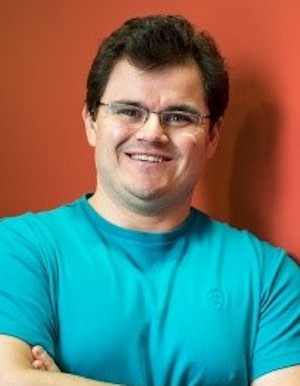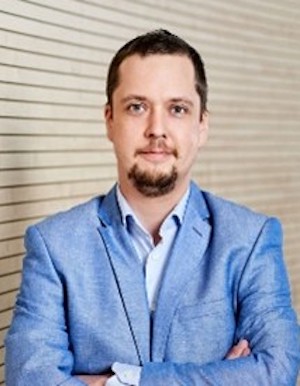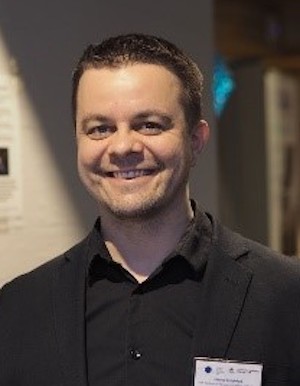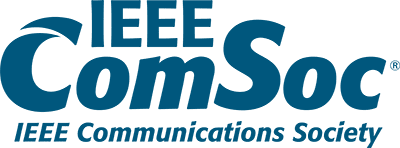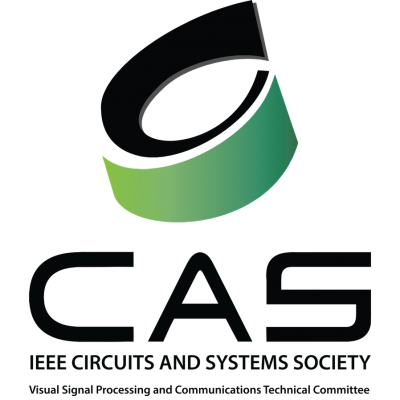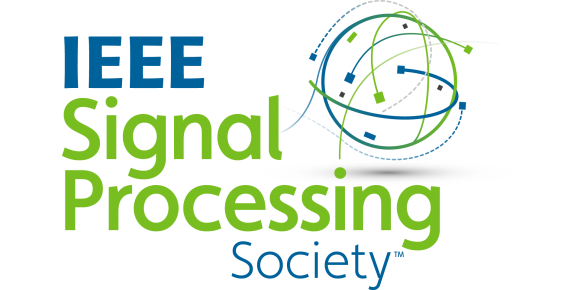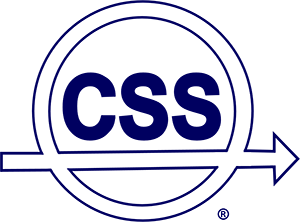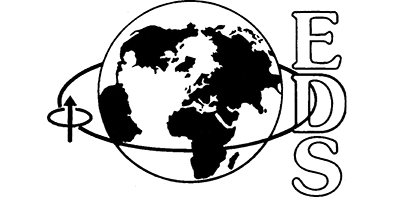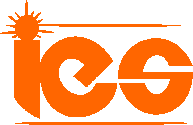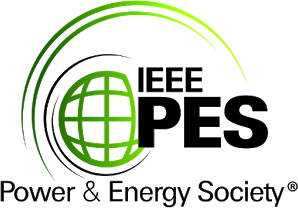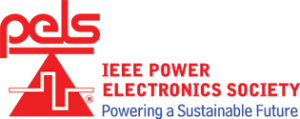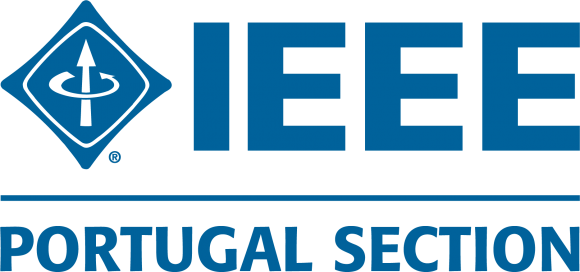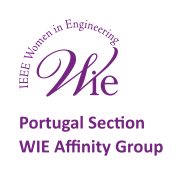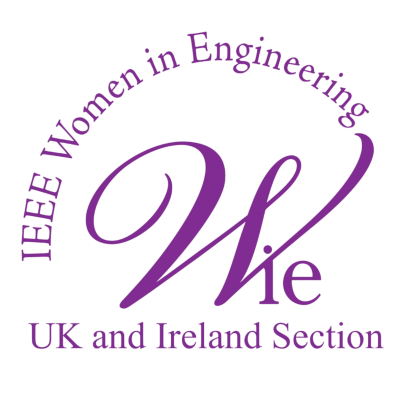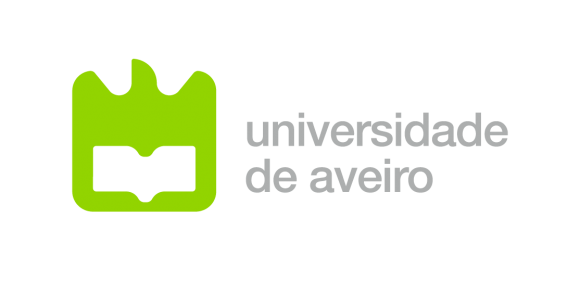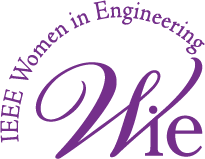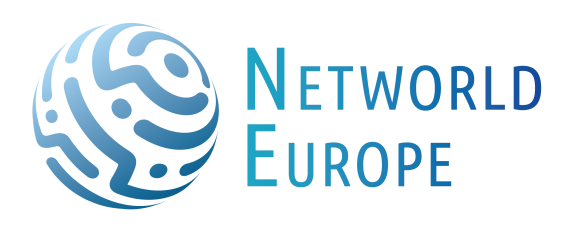1st Workshop on integrating MTC and Satellites - Sat-IoT
Track ID: Work-11
Description
The rapid growth of IoT devices presents significant challenges to current wireless technologies, particularly in areas with low population and infrastructure density, such as the Arctic and oceans. Recent advances in wireless communications led to a paradigm shift toward integrating terrestrial and non-terrestrial networks, particularly satellites, to solve many of those challenges. We expect thousands of satellites to form massive constellations offering diverse IoT services and applications in the upcoming years. Integrating IoT and satellite, especially in the context of the Direct to Satellite approach, imposes the development of new architectures and technical solutions. The Sat-IoT workshop aims to bring together researchers to present and discuss the latest insights and innovations in satellite-IoT connectivity and services enabled by it.
Scope and Topics
We are experiencing unprecedented growth in the number of connective IoT devices. However, current wireless technologies cannot meet the massive demand, even less concerning energy efficiency, network lifetime, and global coverage. This challenge is especially crucial for the areas with low population and infrastructure density. Static infrastructure deployment is exceptionally challenging in the Artic region and oceans, which cover a significant share of Earth's surface, for example. Therefore, even though in these regions, it is reasonable to expect fewer IoT devices than in urban environments, where connectivity is well established today, many new applications and services are envisioned to tackle sustainable development goals. The idea of interconnecting mobile and satellite networks gained much interest from both Industry and Academia during the past decade, particularly in the cases of coverage extension and backhauling in remote areas. However, the work has focused chiefly on complementing terrestrial services.
Recent advances in wireless communications and related fields are driving a paradigm shift toward integrating terrestrial and non-terrestrial networks evinced by a growing interest from industry and academia in 3D connectivity, notably concerning space-based communication methods due to their huge potential market value. This potential has attracted many companies to build satellite constellations, the preferred solution due to achievable coverage, capacity, and latency. Examples of recent initiatives are Kuiper, Starlink, OneWeb, Lacuna Space, Sateliot, and the European IRIS2 system, which are planning to launch hundreds or even thousands of (primarily low Earth orbit) satellites, offering low-cost, uninterrupted network coverage. In addition, terrestrial and non-terrestrial integration is an active topic in 3GPP and LoRa Alliance standardization, and it is a crucial research area for the next generation, 6G. A notable example is IoT devices directly connecting through satellites, e.g., Direct to Satellite (DtS). As a result, DtS may become an integral component of the 6G. However, given the novelty of the targeted field and the challenging requirements (e.g., the unprecedented mobility of the low Earth orbit satellites, the vast communication link distances, and the lack of possibility of servicing the satellites after launch, distinct IoT device requirements and traffic patterns from conventional satellite terminals), the integration of IoT and satellite, especially in the context of DtS approach, imposes development of new architectures and technical solutions.
Sat-IoT is relevant to researchers working on several international projects and standardization bodies (for instance, the 5G-PPP consortium) related to 5G and its evolution towards the next generation, 6G. Sat-IoT complements WF-IoT by gathering the research community toward integrating MTC, IoT, and satellite networks.
The goal of the 1st Workshop on integrating MTC and Satellites - Sat-IoT is to present and discuss the industry and academia's latest insights and innovations on Satellite-IoT connectivity.
We request contributions exploring the following topics of interest (but not limited to):
- Satellites in IoT-based scenarios
- Satellite air interface for satellite IoT services
- Space-based segment architectures (GSO, NGSO, HAPs, UAS)
- LPWAN (cellular and non-cellular technologies) and satellite IoT
- Connectivity-oriented (Mega) Constellations
- Integration of satellite IoT and other non-terrestrial networks
- Information-Centric Networking (ICN) architectures for satellite IoT
- Networking architectures and protocols tailored to satellite IoT services
- Advanced random-access schemes for satellite IoT
- MQTT/CoAP-based protocols over satellite networks
- Cloud/Edge/Fog computing concepts for satellite IoT systems
- Energy efficient cross-layer MAC-PHY design for satellite IoT
- Network Function Virtualization (NFV) and Software Defined Networking (SDN) for satellite IoT
- Channel estimation and user detection in massive satellite IoT systems
- Robust and flexible interference management techniques for massive satellite IoT systems
- Dynamic spectrum management for spectrum coexistence
- Over-the-air and in-lab validation activities and test results on satellite-IoT
- Standardization activities related to satellite IoT
- Services and applications enabled by satellite IoT
Format of the Workshop
Based on an open call, it is planned to have a 4-hour workshop in the first week, comprising two keynotes and five oral presentations.
Tentative schedule:
- Session 1 (120 min)
- Keynote 1: "On Standardization Towards MTC and Satellite Networks," Dr. Helka-Liina Määttänen, Ericsson (confirmed).
- Keynote 2: "Satellite-Aerial-Terrestrial Systems," Prof. Mohamed-Slim Alouini, KAUST (confirmed).
- Session 2 (120 min)
- Up to 6(8) oral presentations of 20(15) min each.
Paper Submission Deadline
Important Dates:
- Deadline for Paper Submissions: July 30th, 2023
- Acceptance Notification: September 8th, 2023
- Deadline for Camera-Ready Paper Submissions: September 29th, 2023
- Deadline for Presentation Submissions: October 2nd, 2023
Papers should be six (6) pages in length and follow the instruction provided for the main Conference. The conference allows up to two additional pages for a maximum length of eight (8) pages with payment of extra page charges once the paper has been accepted.
Please submit your paper for this Workshop using the link to eWorks:
Call For Papers:
If you have any questions, please contact Dr. Hirley Alves: hirley.alves@oulu.fi
Chairs
Hirley Alves: University of Oulu
Hirley Alves (S'11–M'15) is an Associate Professor and Head of the Machine-type Wireless Communications Group at the 6G Flagship, CWC, UO. He works on massive connectivity and ultra-reliable low-latency communications for future wireless networks, including NTN, 5G, and 6G. Prof Alves was the chair of the bi-annual ICC and Globecom workshop series on Full-Duplex Communication for Future Wireless Networks. This successful series led to the establishment of an IEEE ComSoc Emerging Technologies Initiative (ETI) on Full Duplex Wireless Communications and a Selected Areas in Communications Track in Globecom. In addition, Dr. Alves chaired the Globecom 2022 Selected Areas in Communications: Full-Duplex Communications.
Konstantin Mikhaylov: University of Oulu
Konstantin Mikhaylov (S'10-M'18-SM'19) is the Assistant Professor for Convergent IoT Communications with the Centre for Wireless Communications at the University of Oulu, Oulu, Finland. His research focuses on radio access and beyond-access technologies and protocols for massive and dependable IoT and the matters related to the design and use of IoT systems. He has authored or co-authored about one hundred research works on IoT wireless connectivity, IoT system and devices design, and applications. He has served as the co-chair of the WEAR-IoT workshop (2019-2022), and Vertical applications and IoT track of EuCNC 2022 conference, and as a TPC member for multiple flagship conferences (e.g., Globecom, Infocom, ICC, PIMRC, VTC). Dr. Mikhaylov is a Senior Member of IEEE and MC member from Finland for COST CA20120 "INTERACT".
Marko Höyhtyä: VTT Technical Research Centre of Finland
Marko Höyhtyä (S'07–M'11–SM'15) is a Research Professor at VTT Technical Research Centre of Finland, focusing on satellite communications and situational awareness technologies. In addition, he holds an Adjunct Professor position at the UO and the National Defence University. He was a visiting research scientist at the University of California, Berkeley, and a visiting research fellow at the European Space Agency (ESA) in 2007–2008 and 2019, respectively. His research interests include critical communications, hybrid satellite-terrestrial connectivity, spectrum sharing, and autonomous systems.



